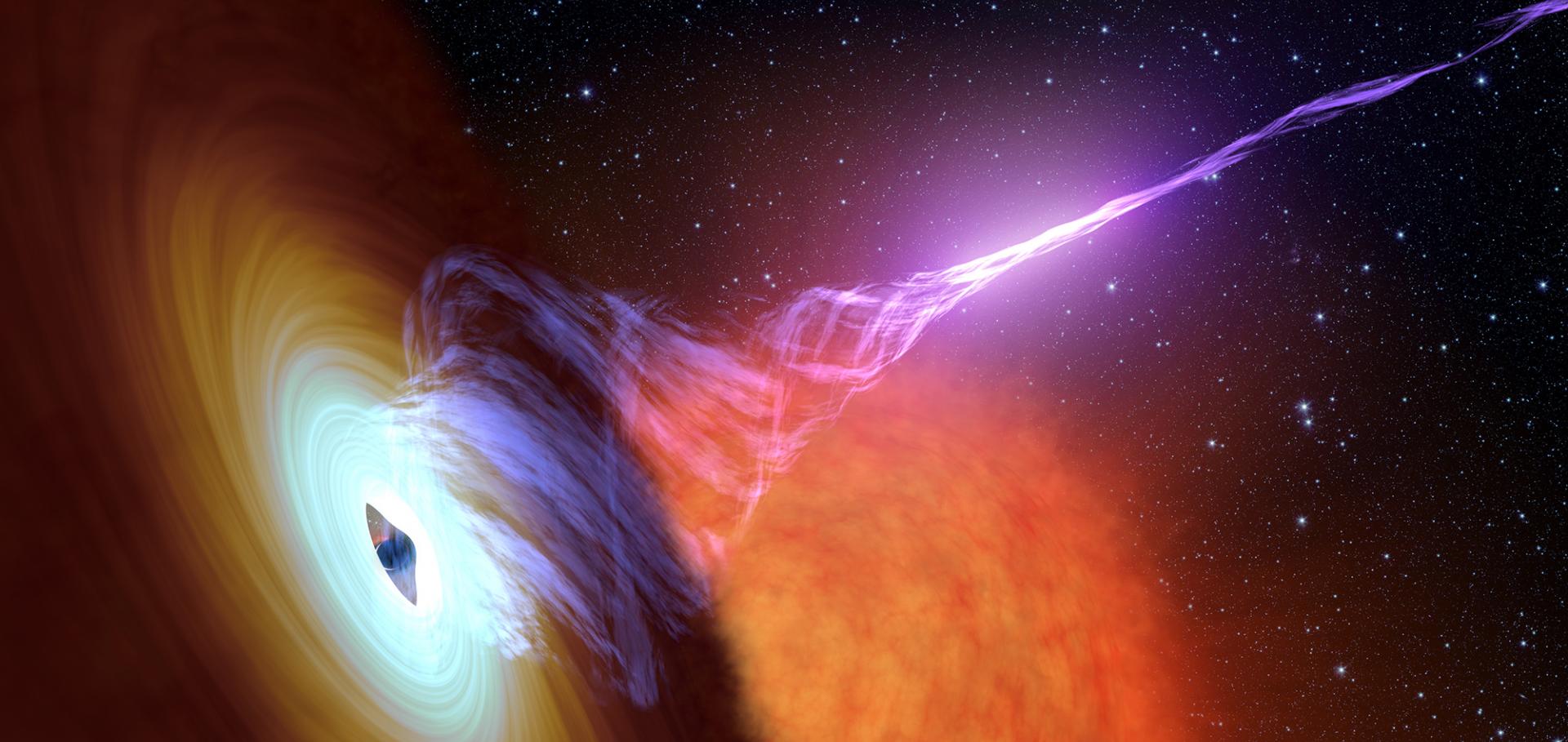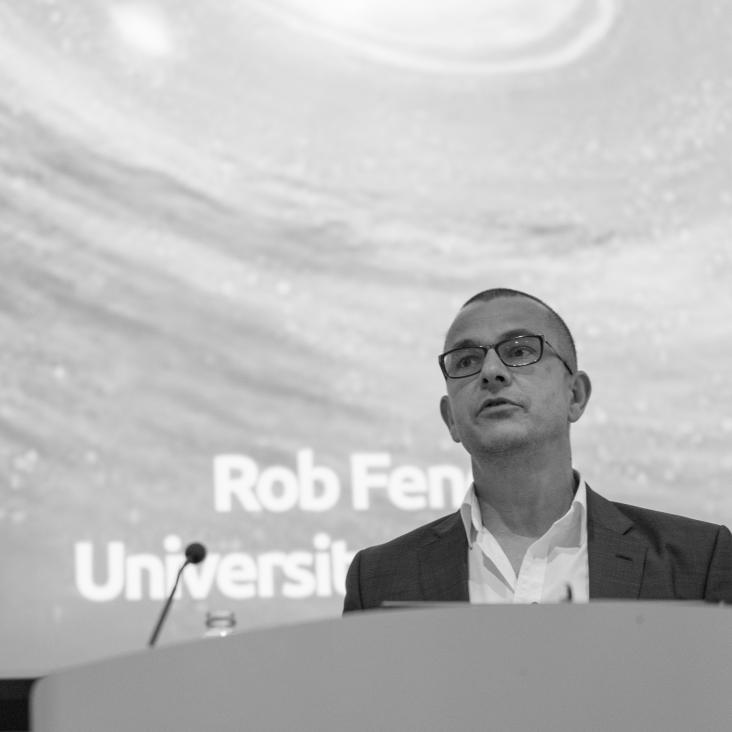An Asymmetric Arcsecond Radio Jet from Circinus X-1
The Astrophysical Journal American Astronomical Society 506:2 (1998) l121-l125
The 1996 outburst of GRO J1655-40: the challenge of interpreting the multiwavelength spectra
Monthly Notices of the Royal Astronomical Society Oxford University Press (OUP) 300:1 (1998) 64-82
Discovery of extended radio emission in the young cluster Wd1
Monthly Notices of the Royal Astronomical Society Oxford University Press (OUP) 299:4 (1998) l43-l47
Radio observations of IRAS-selected Southern hemisphere classical Be stars
Monthly Notices of the Royal Astronomical Society Oxford University Press (OUP) 299:4 (1998) 1119-1122


